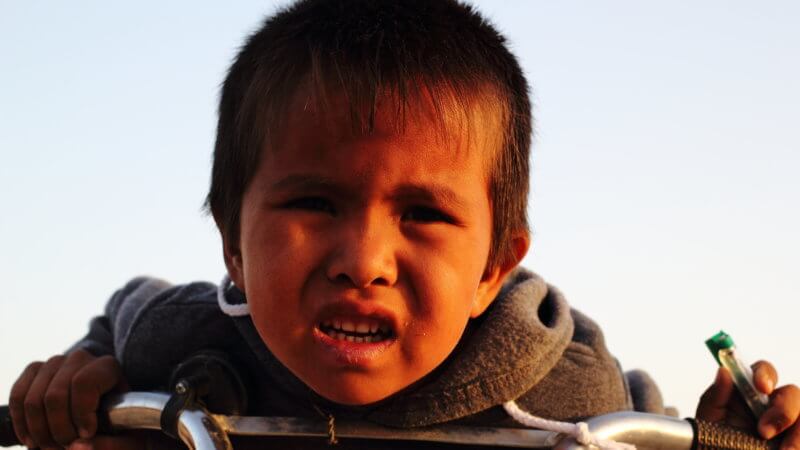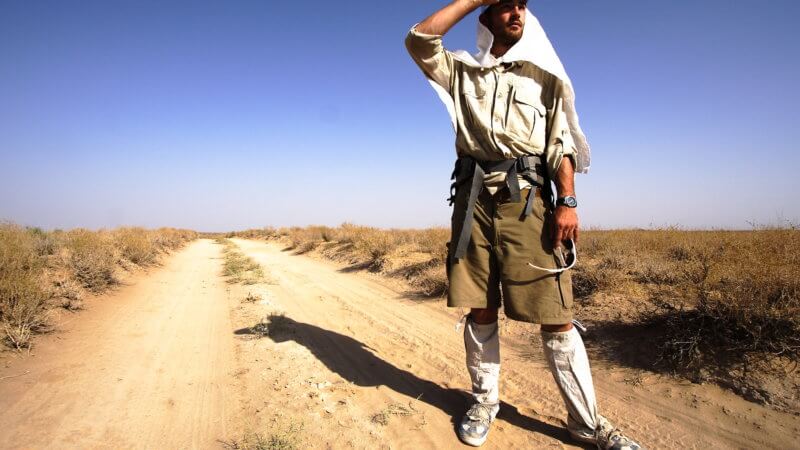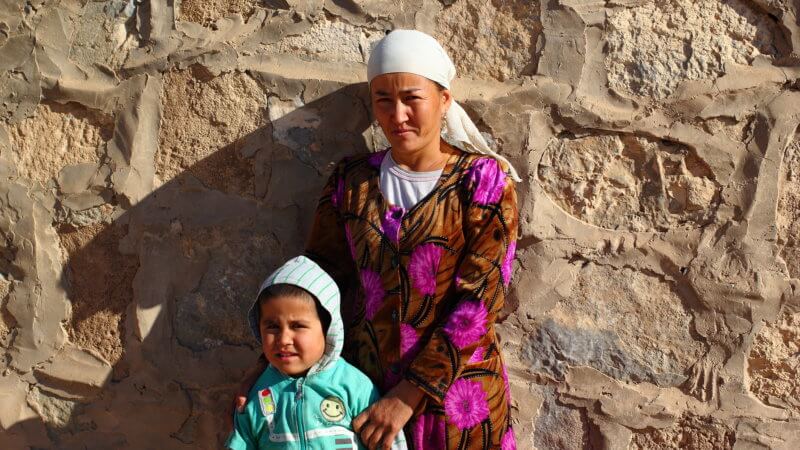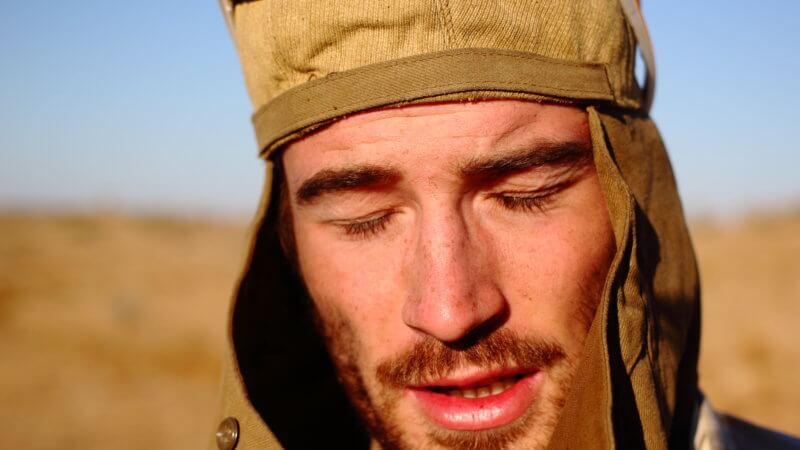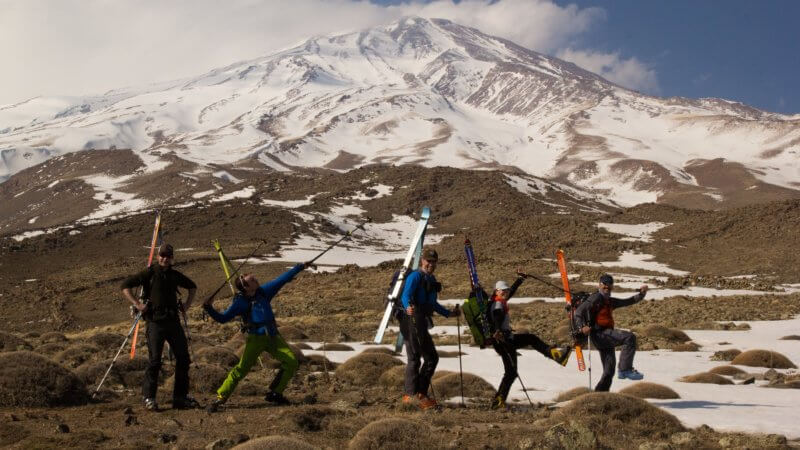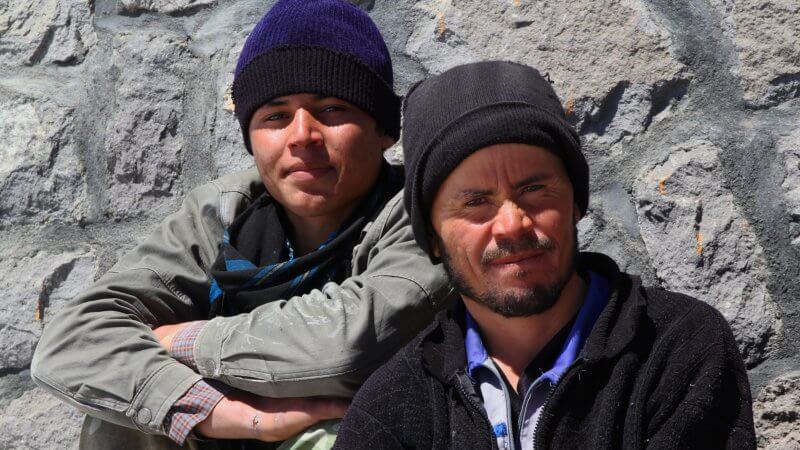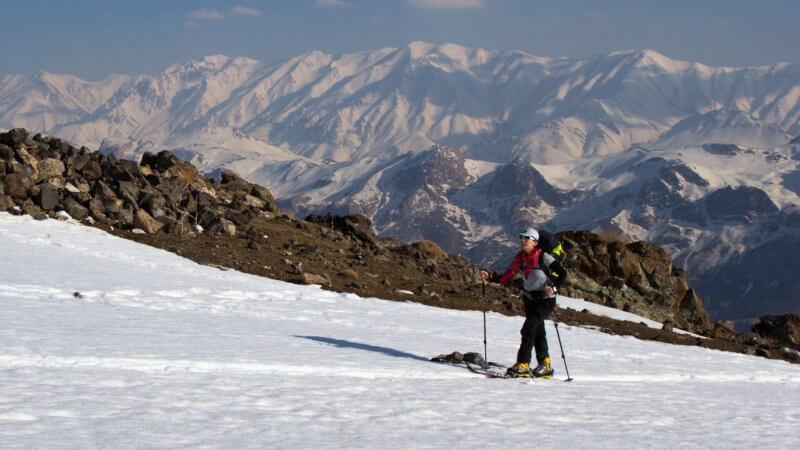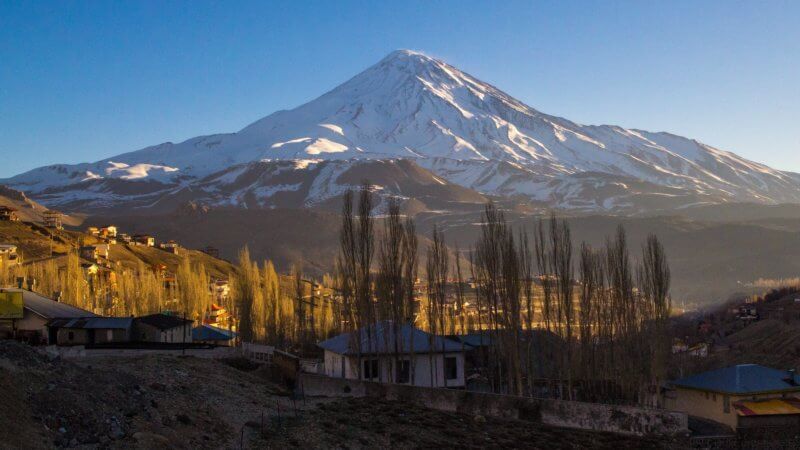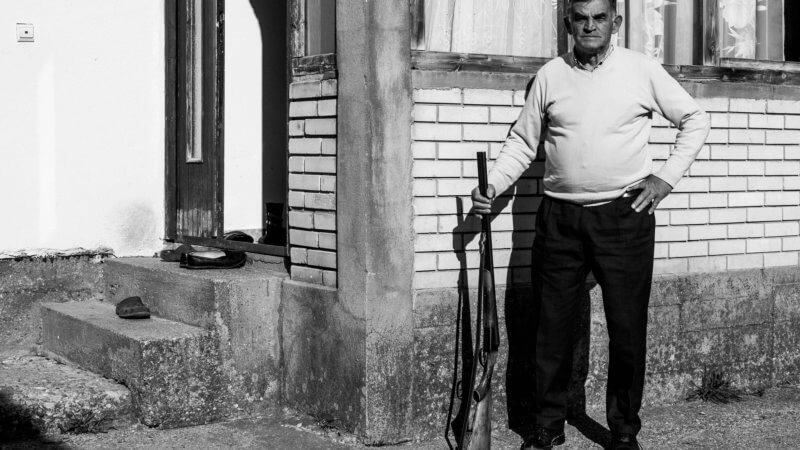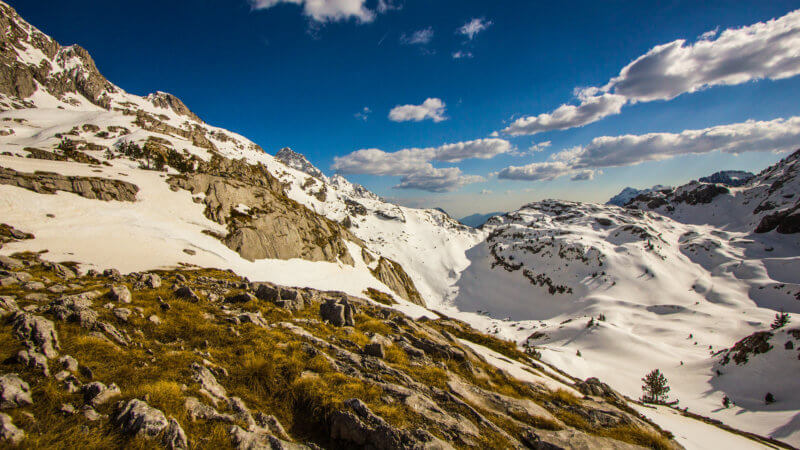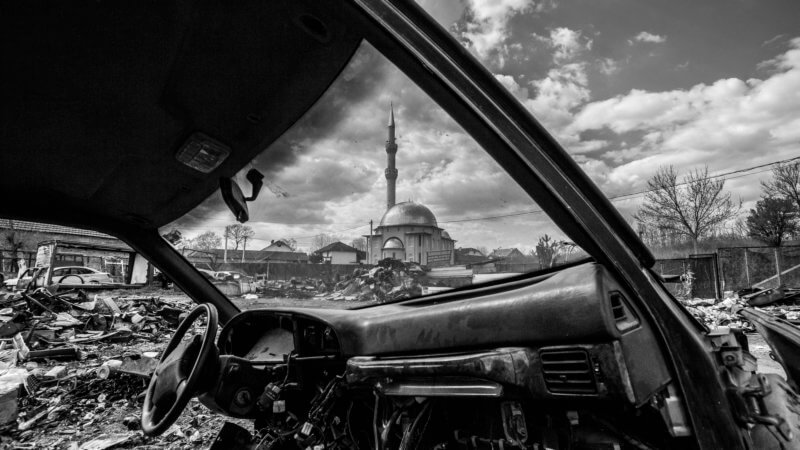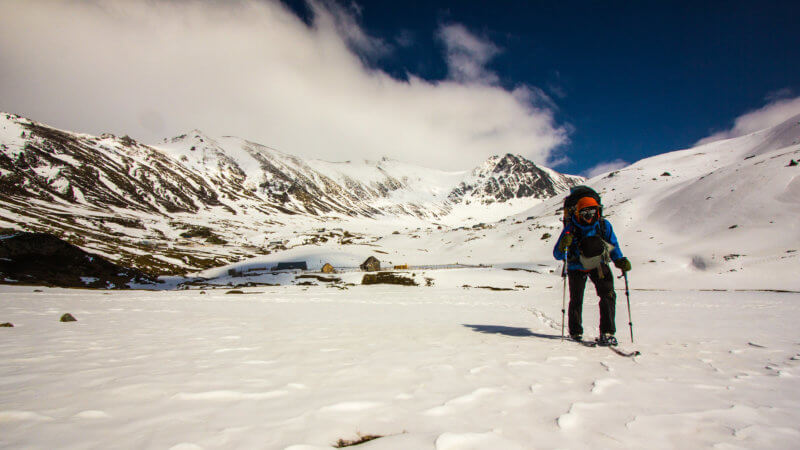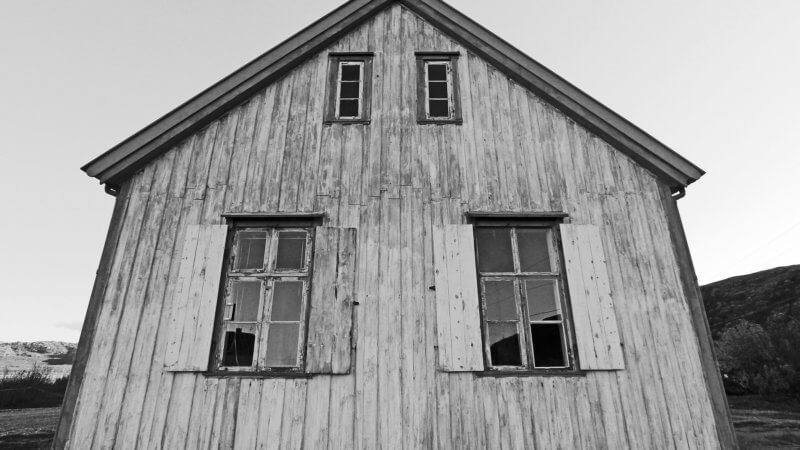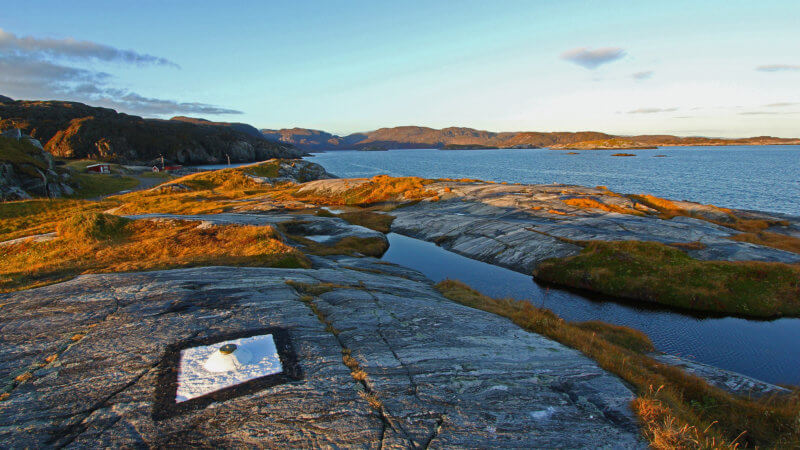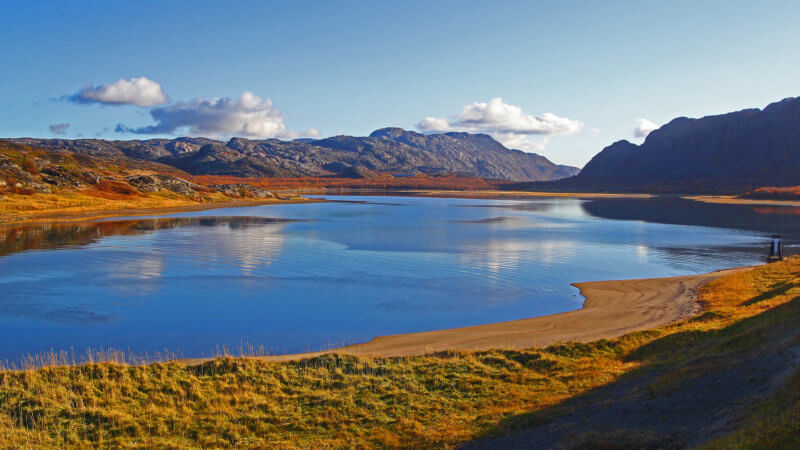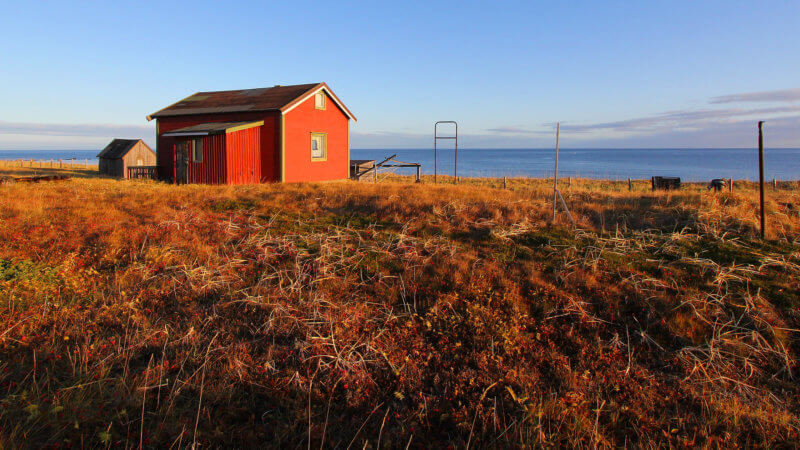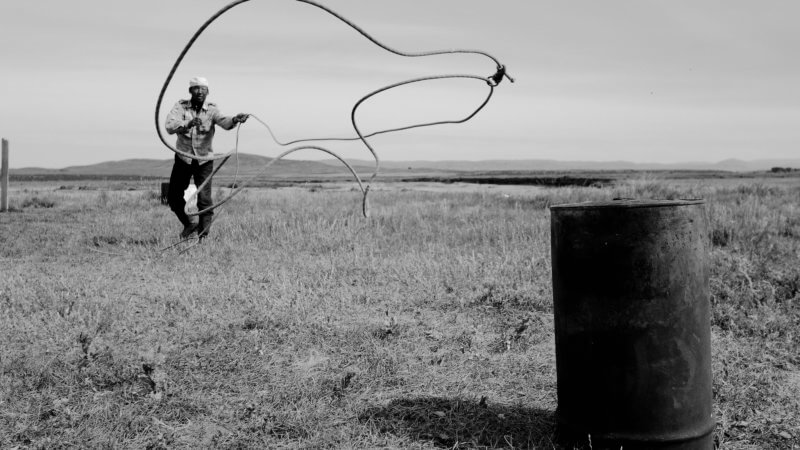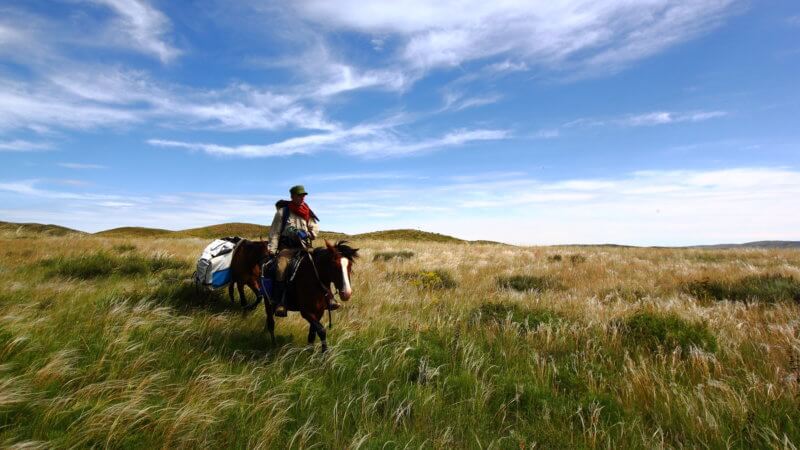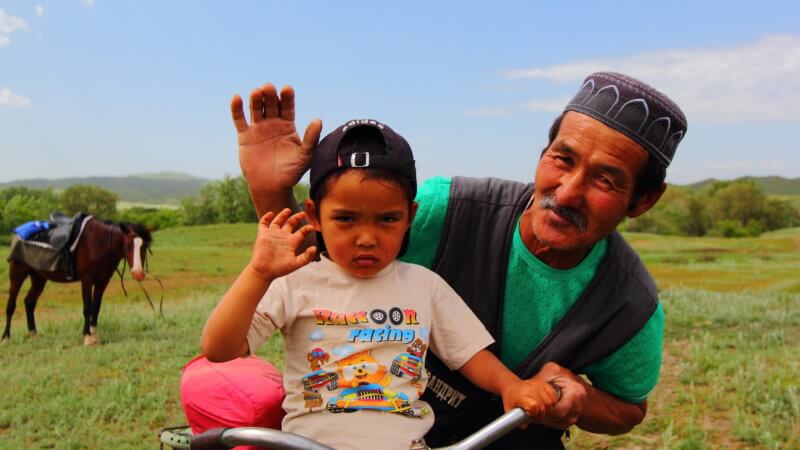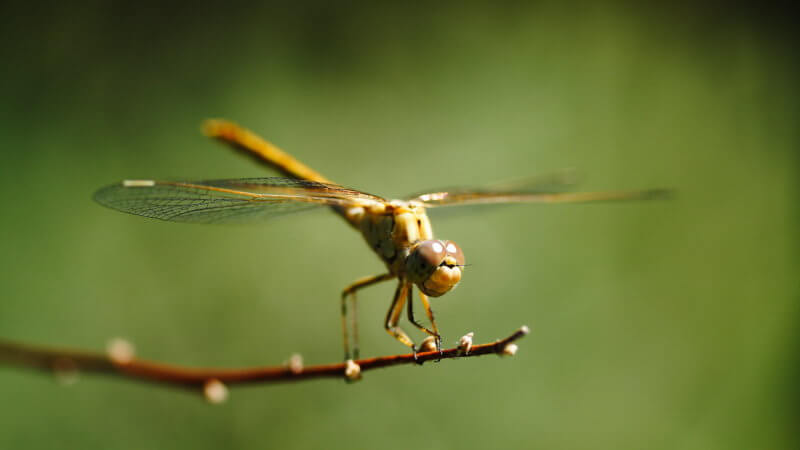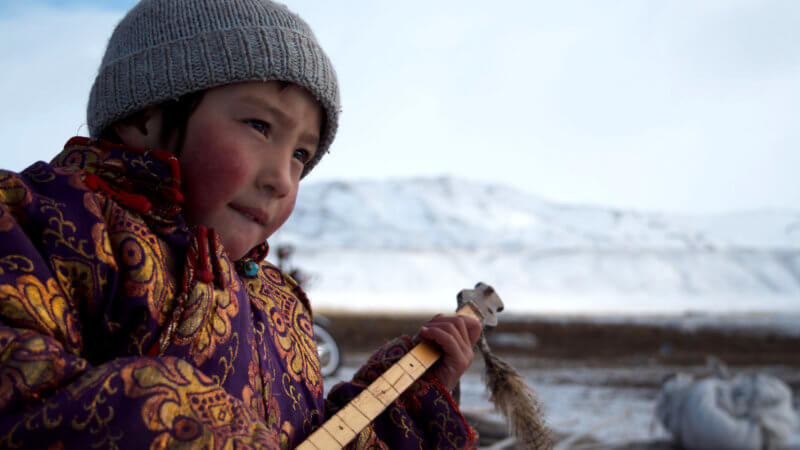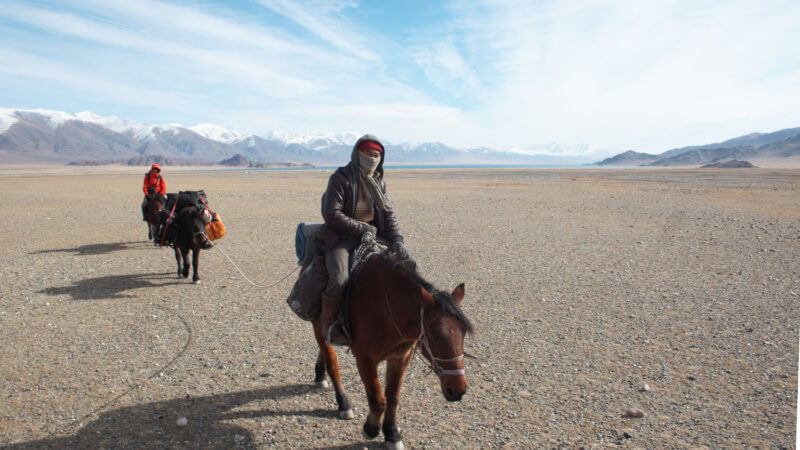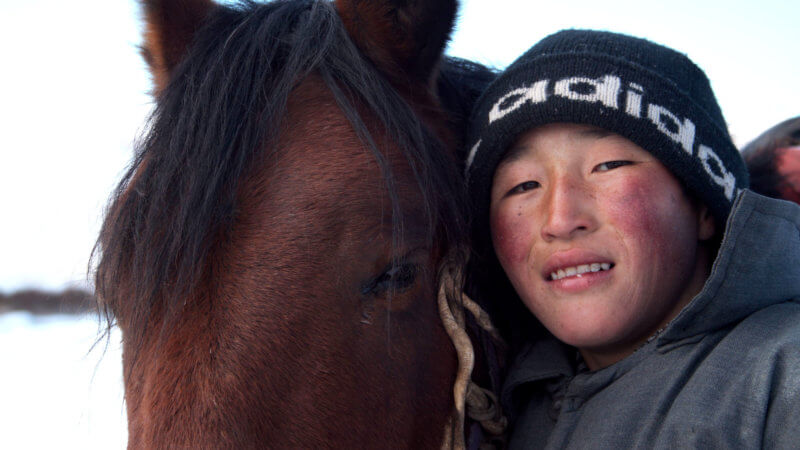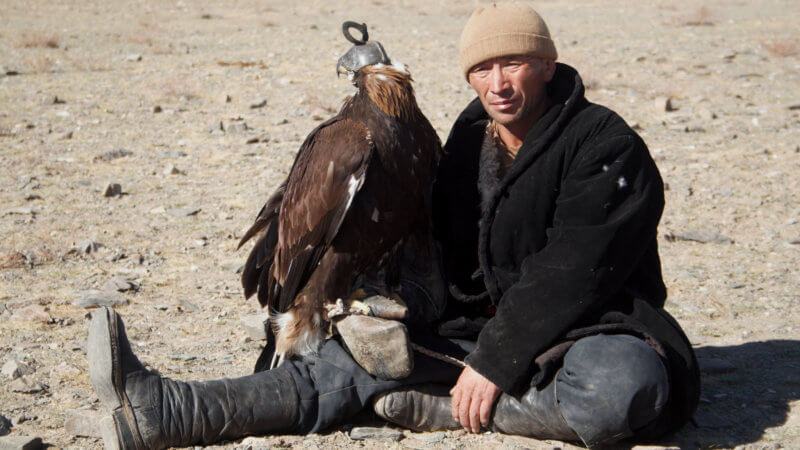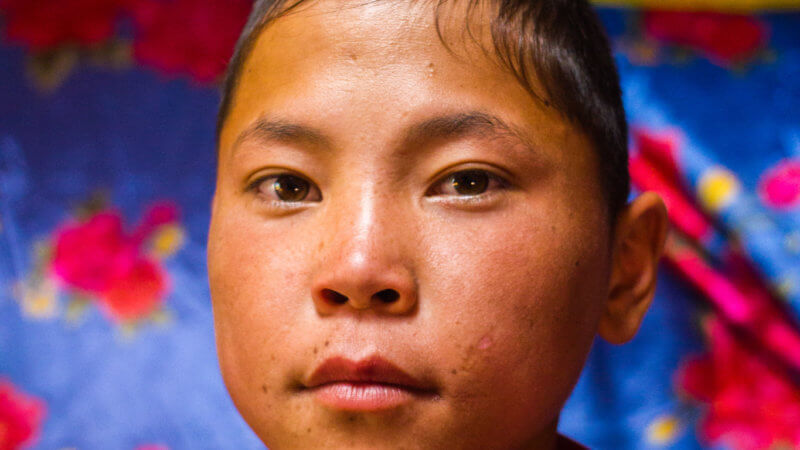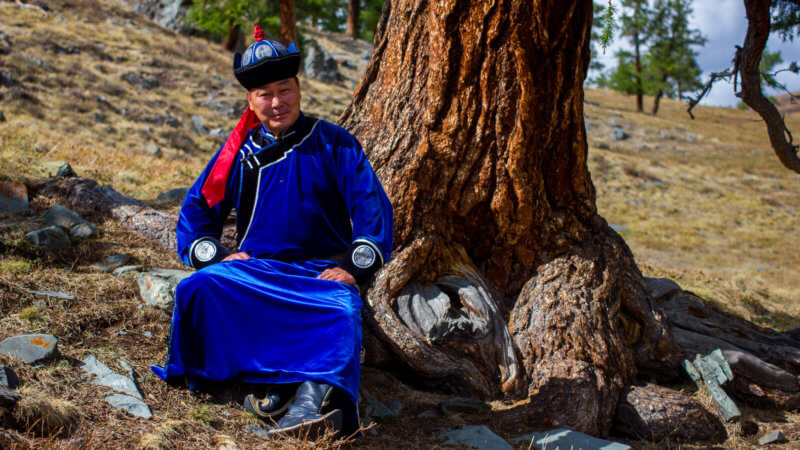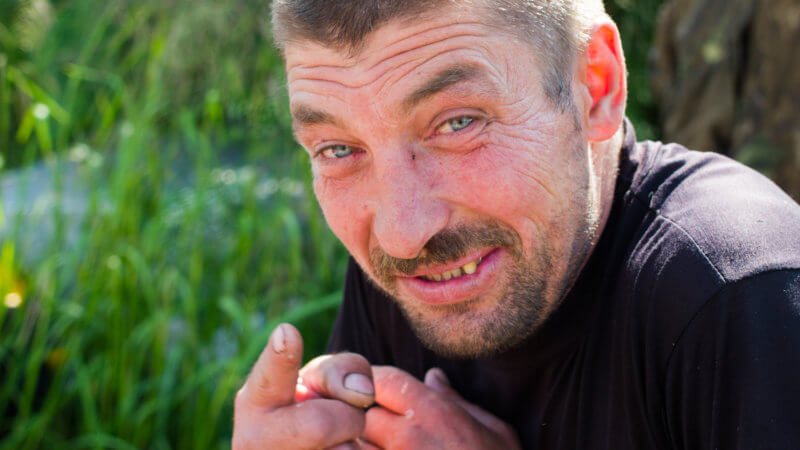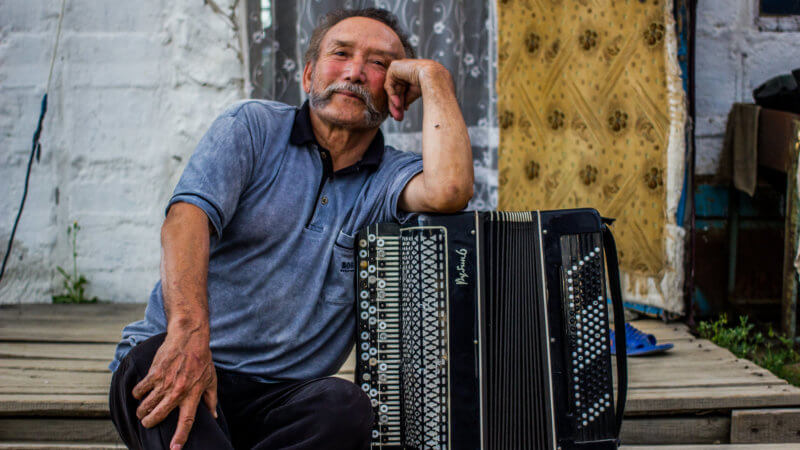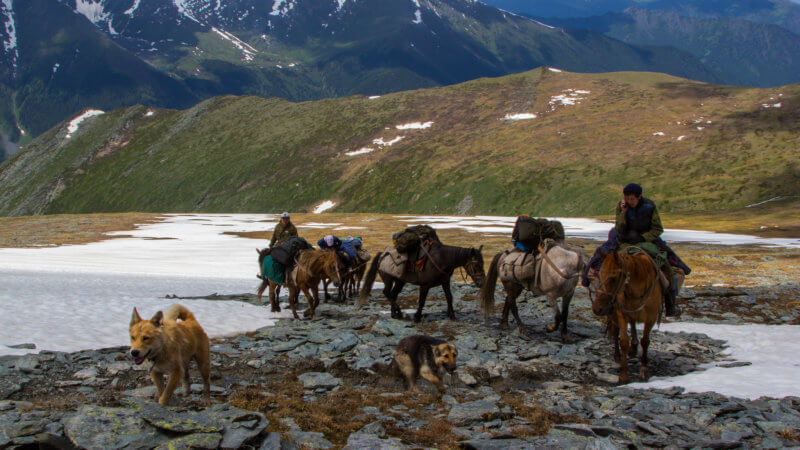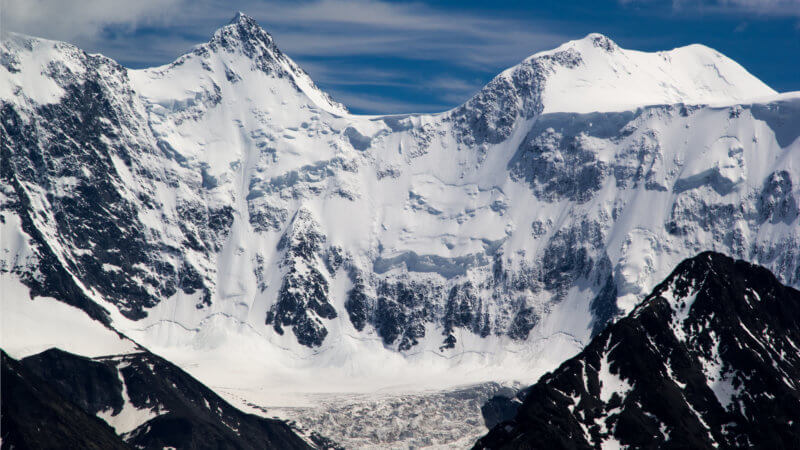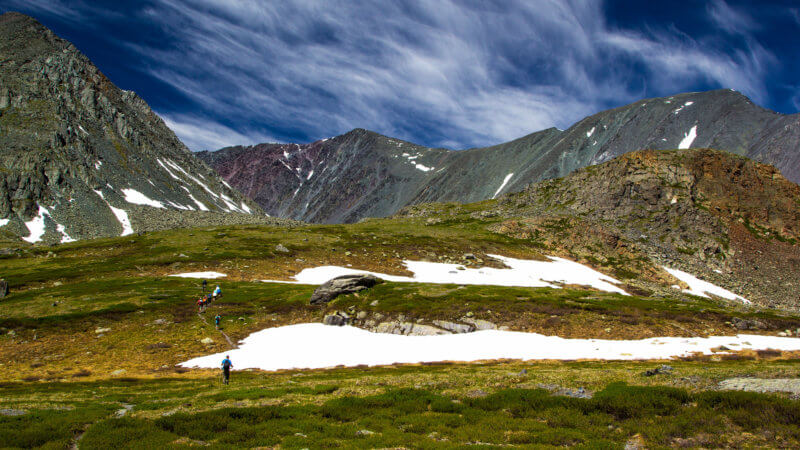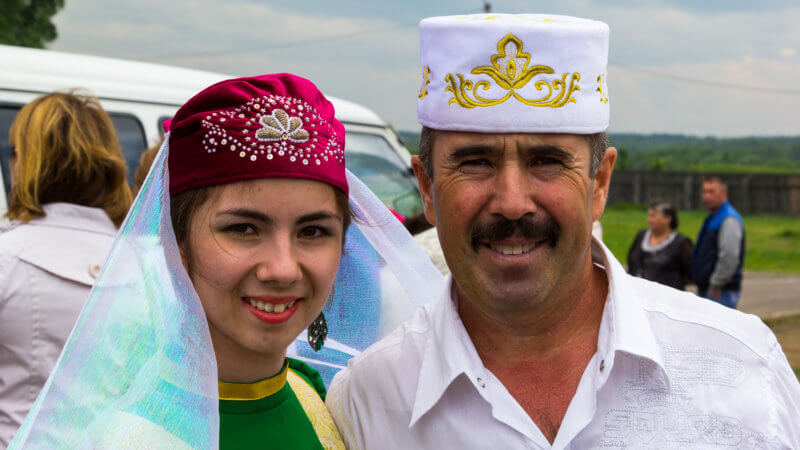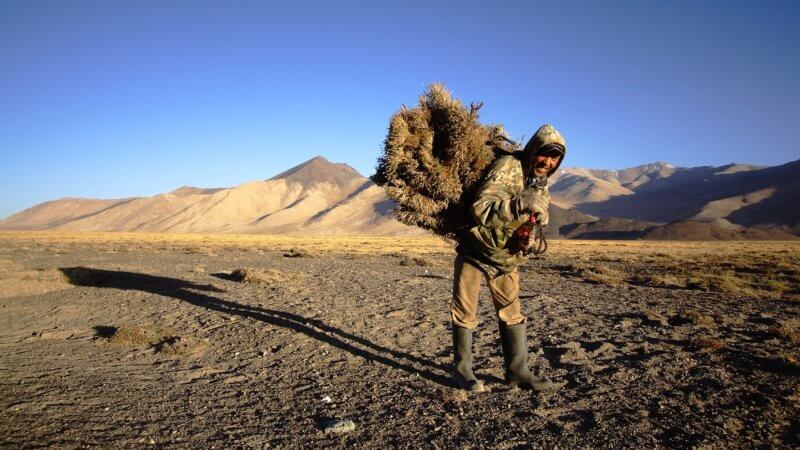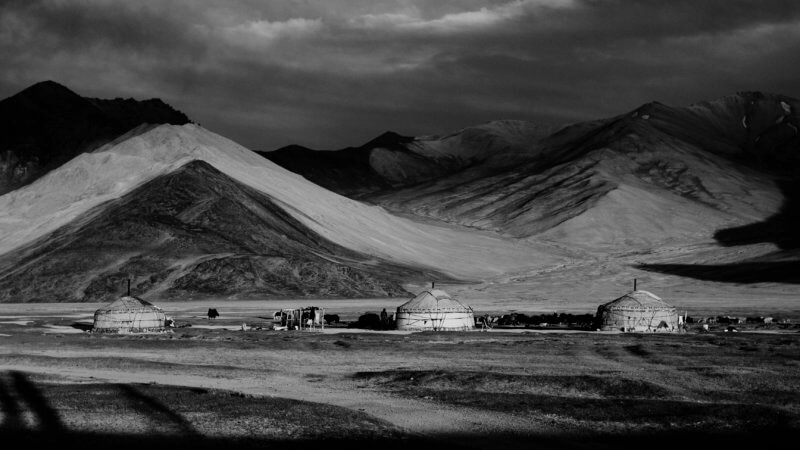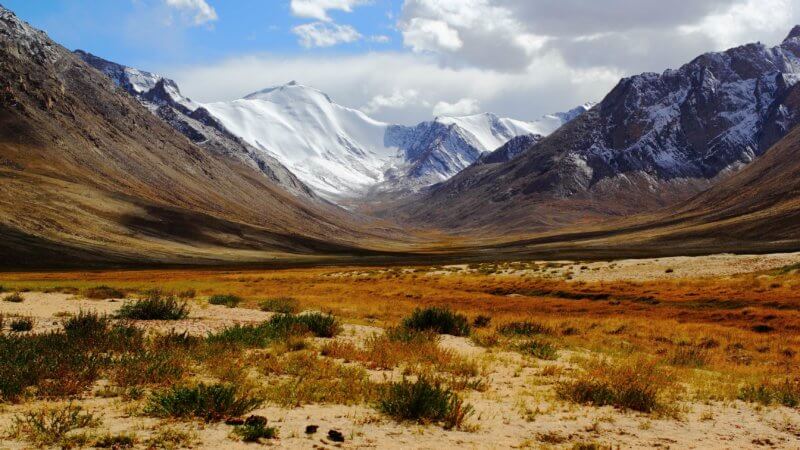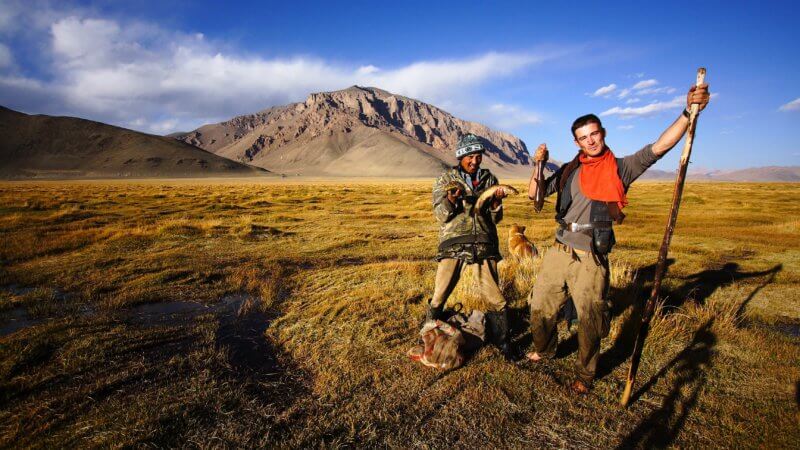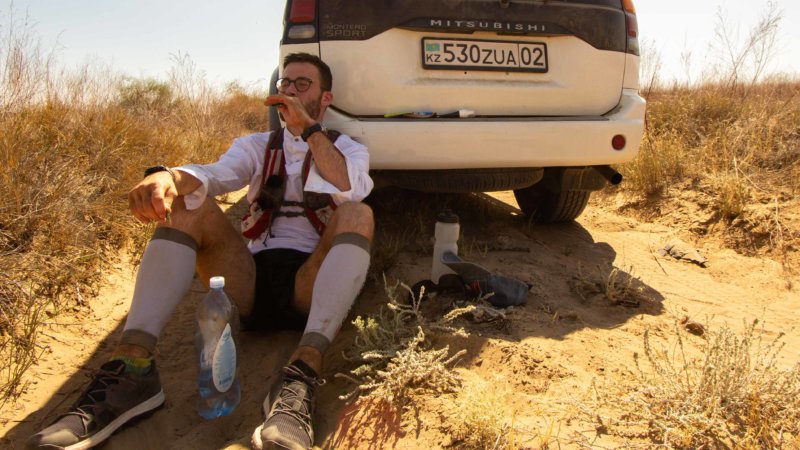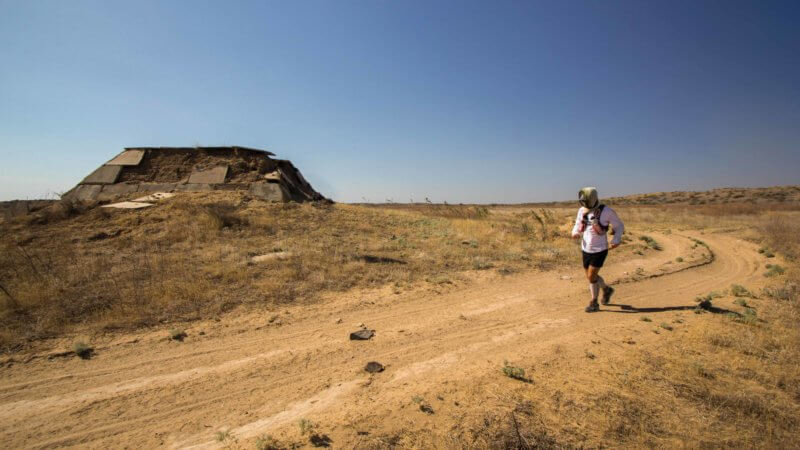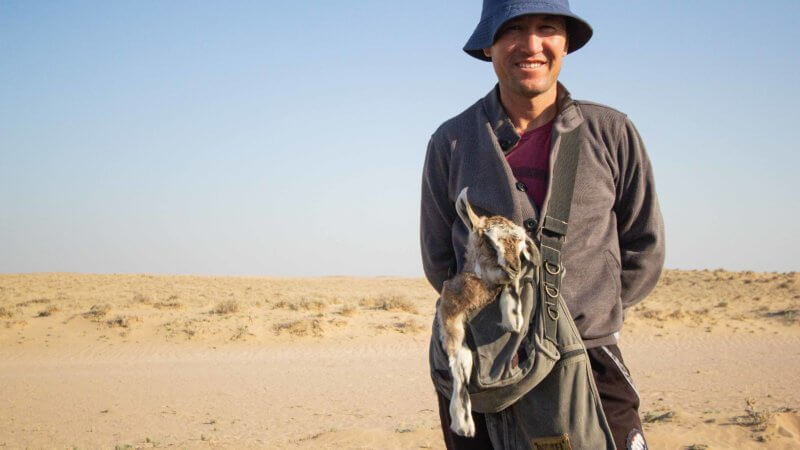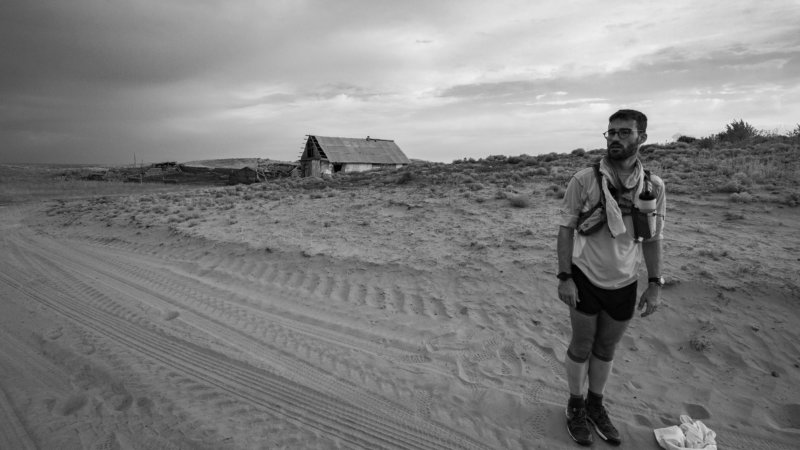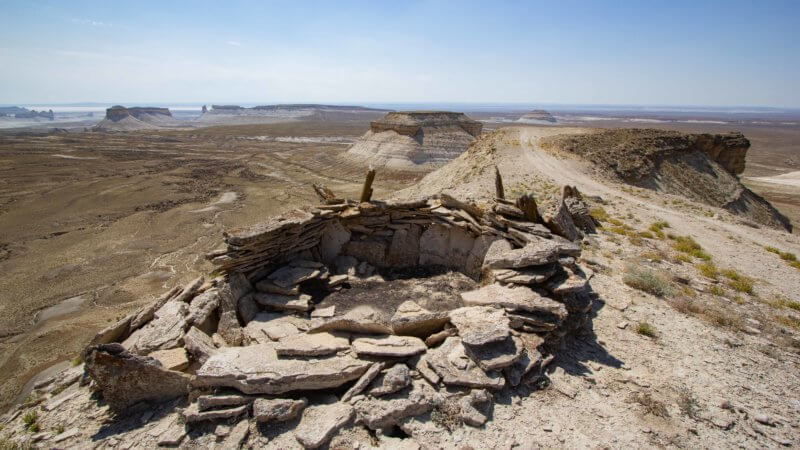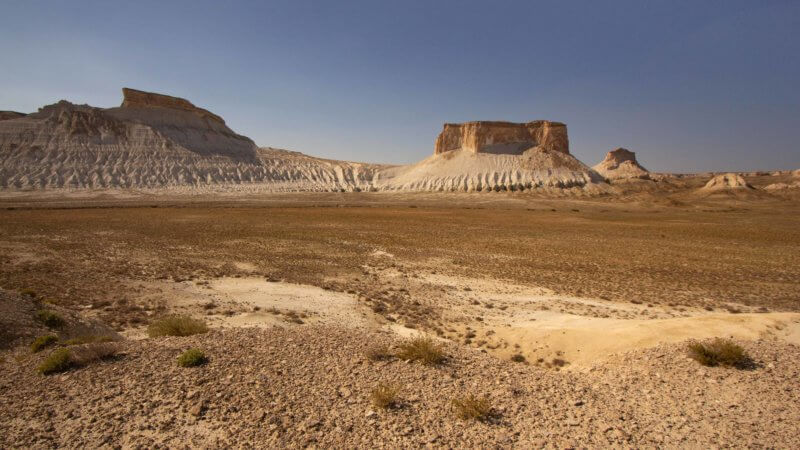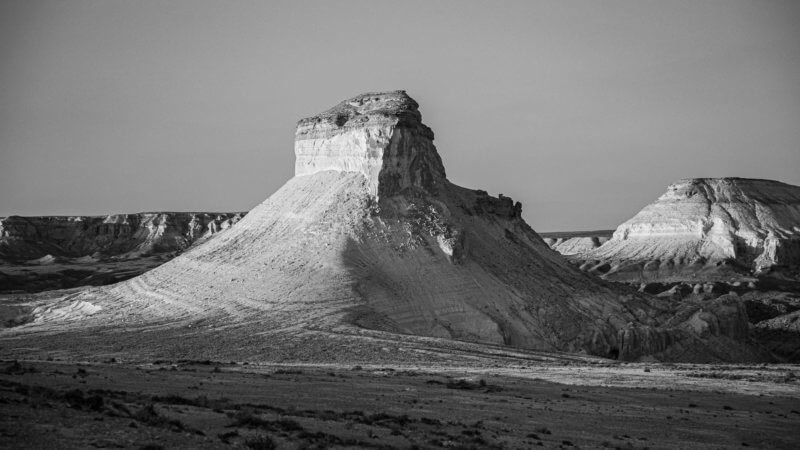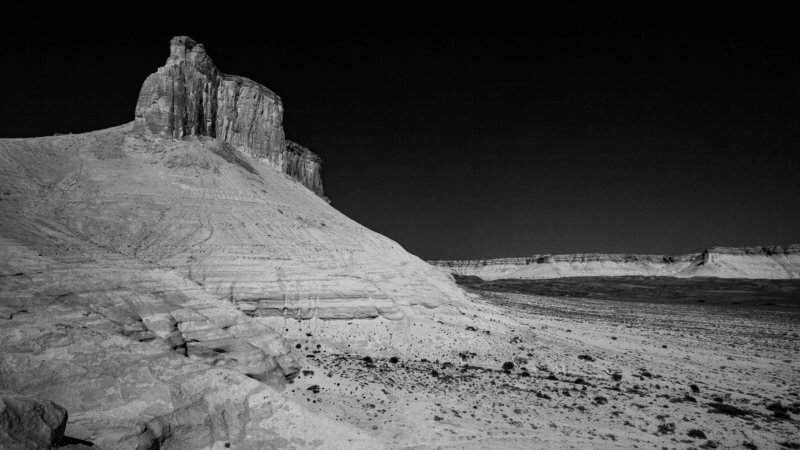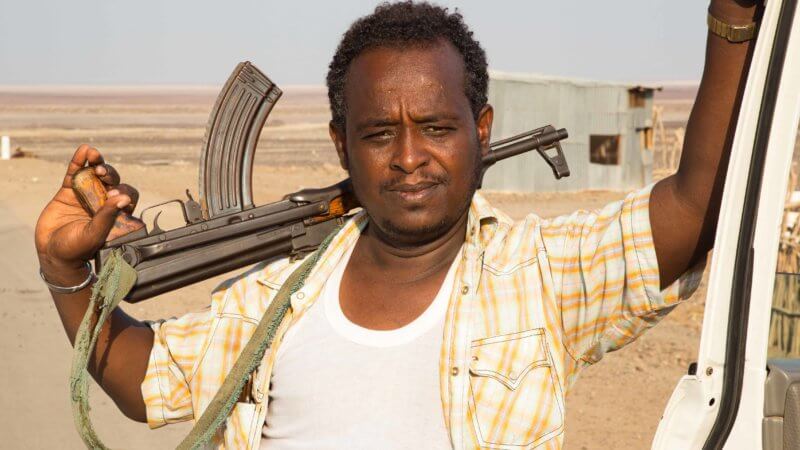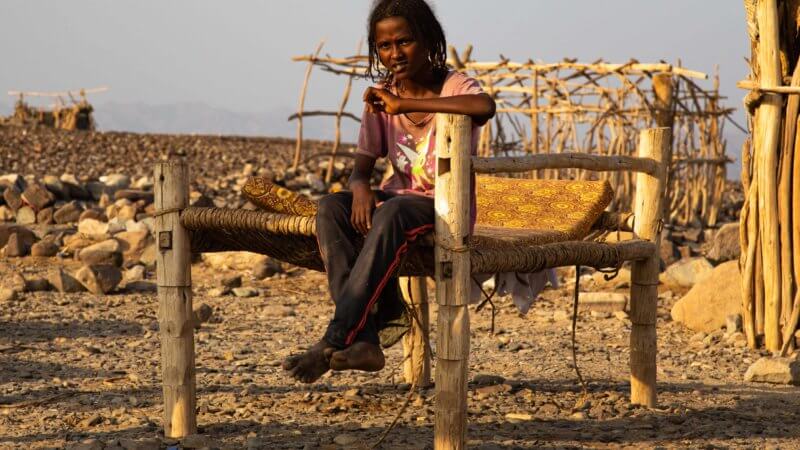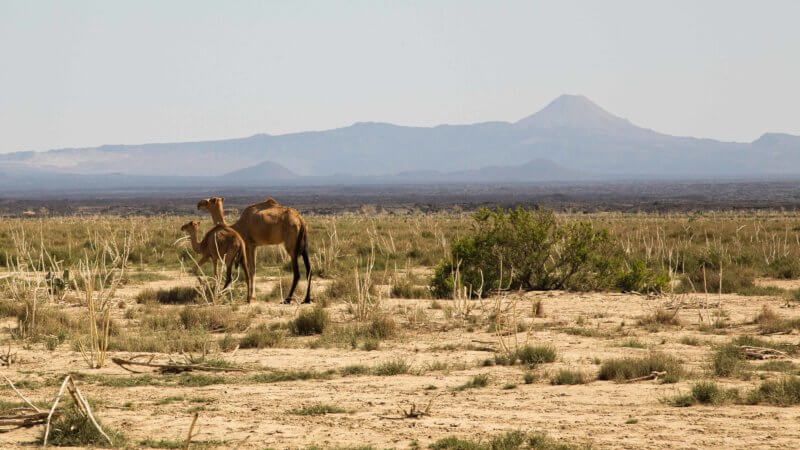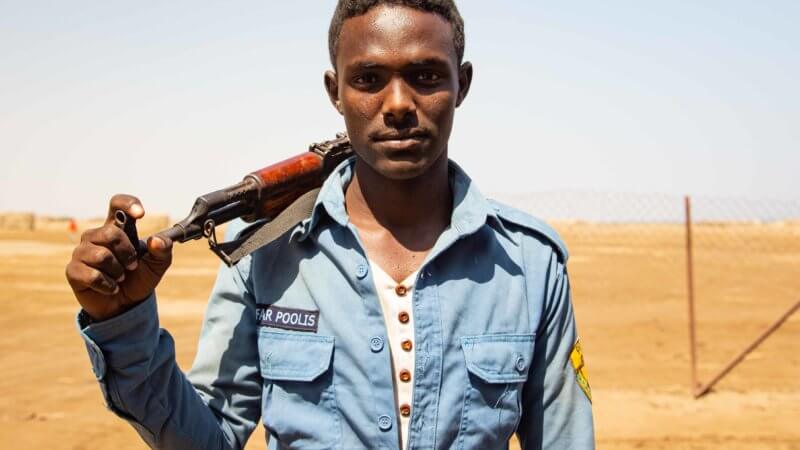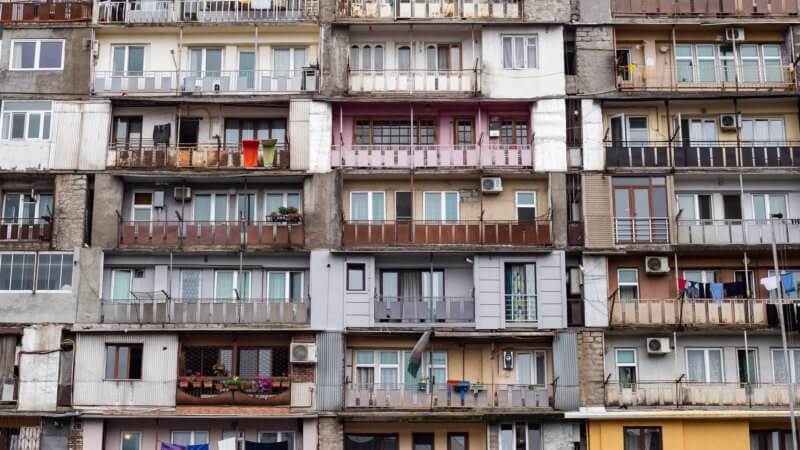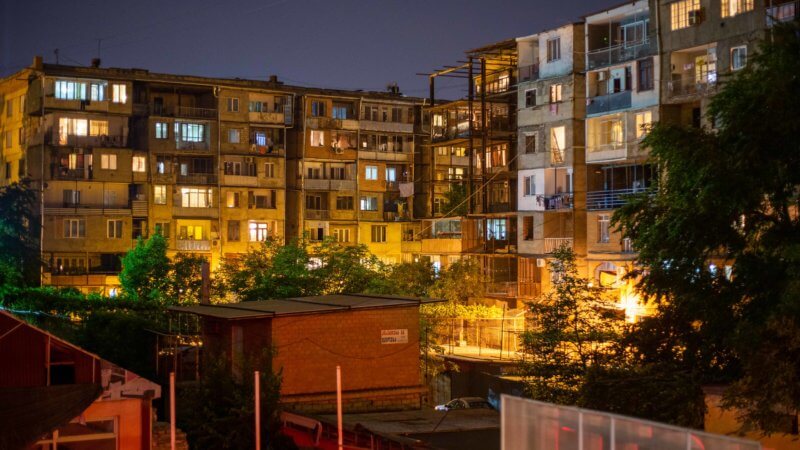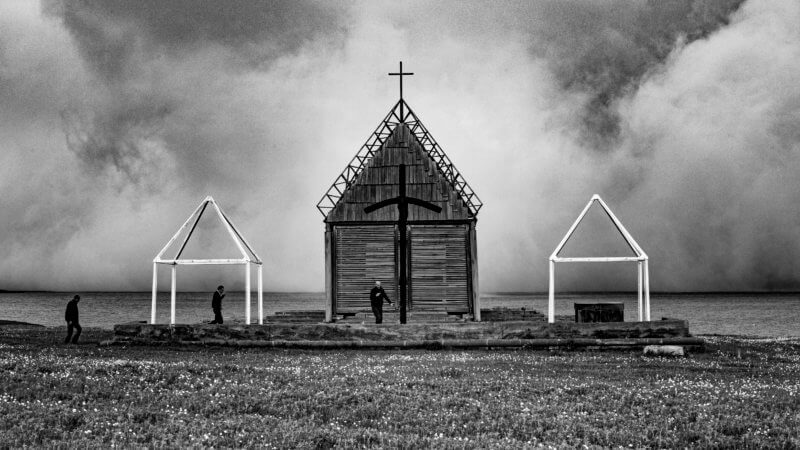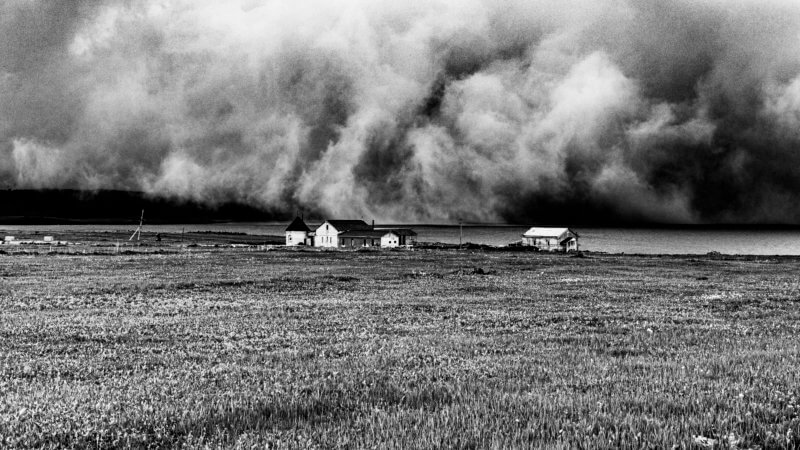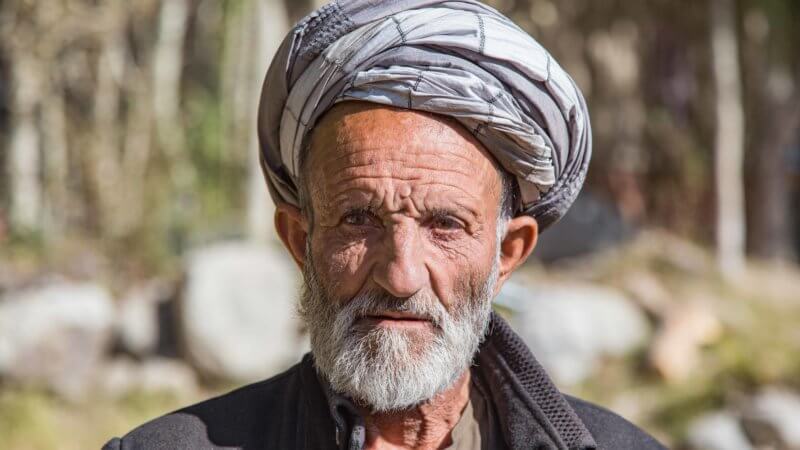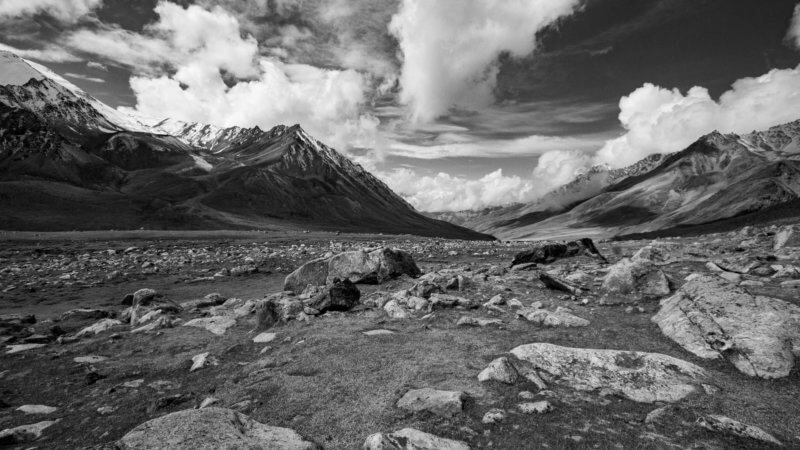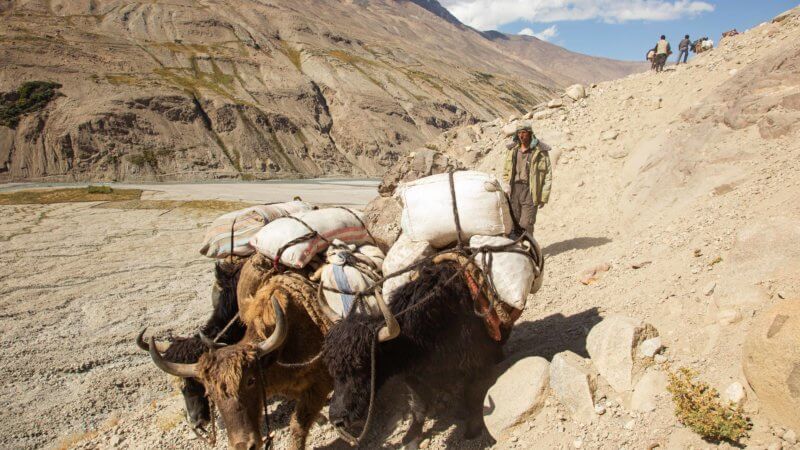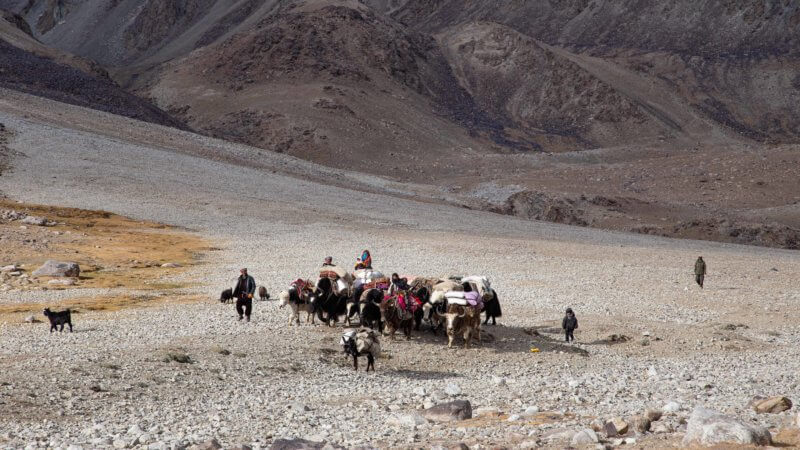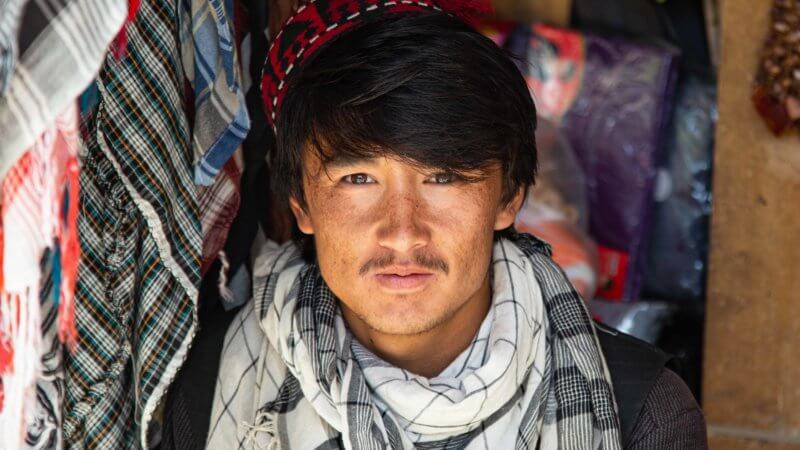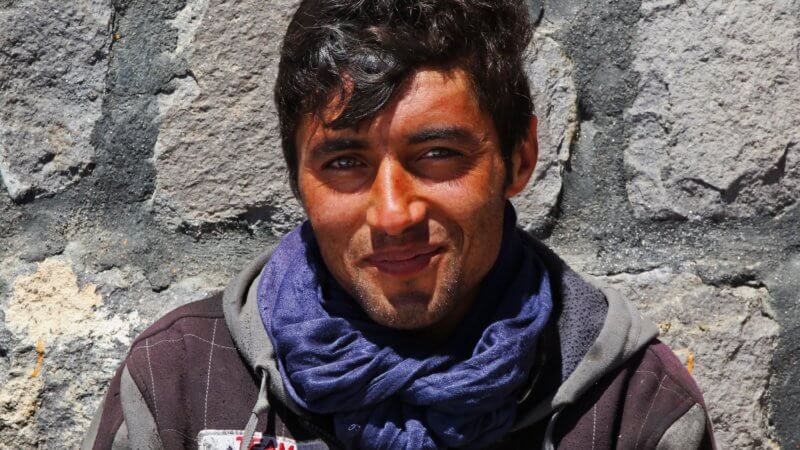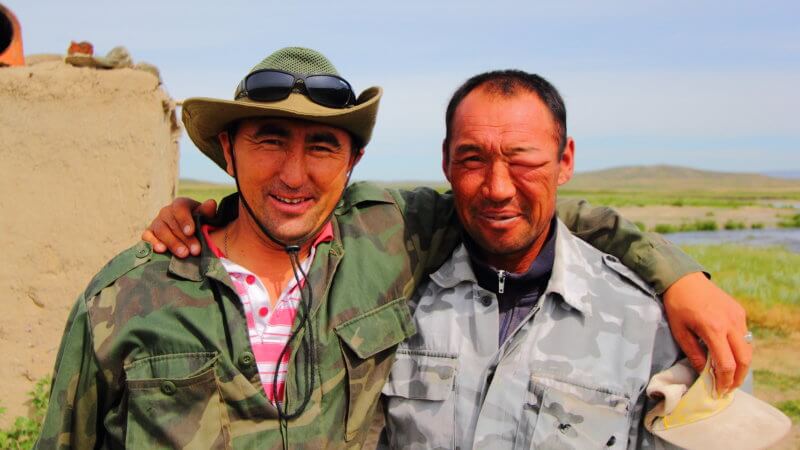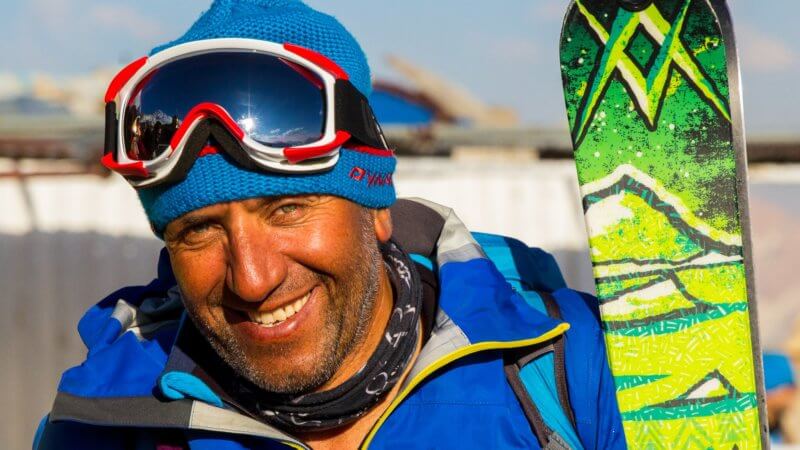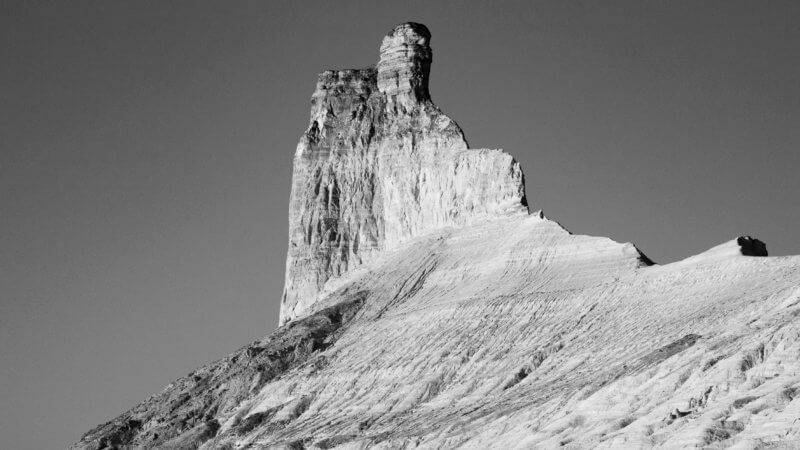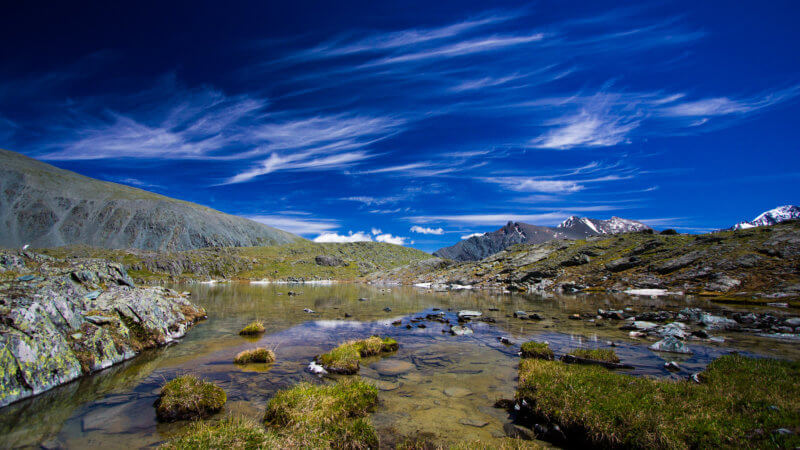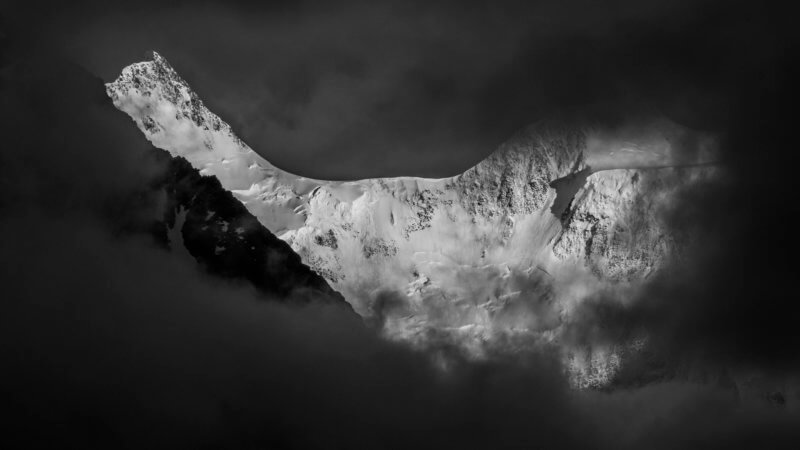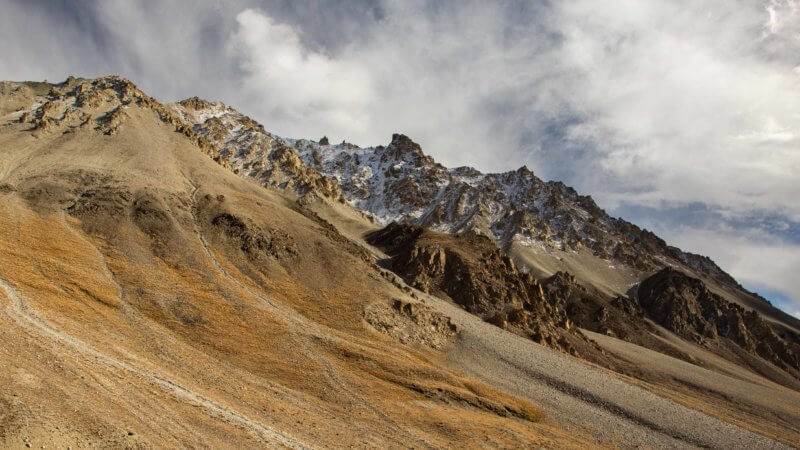I have sixteen photo galleries containing 800+ adventure travel-related photos. I’ve shot these on various trips and projects, ranging from ski mountaineering in Iran, solo ski touring through the Balkans, documenting the life of a hunter-herder in Tajikistan, paddling down Siberian rivers, and visits to some of Central Asia’s mountains and deserts.
All of my photographs are available to license for any commercial purpose. If you’re after imagery, please e-mail me at info@matthewtraver.com.
My photography has been published in the following outlets:












Kyzyl Kum Desert, Uzbekistan
The Kyzyl Kum – meaning red sands in Turkic languages – is the 15th largest desert in the world. Divided between central Uzbekistan, northern Turkmenistan, and southern Kazakhstan, the desert is located in an Italy-sized depression and bookended by the Amu Darya and the Syr Darya rivers. Click here to see more photos of the Kyzyl Kum Desert.
Mt. Damavand, Iran
Iran’s Mt. Damavand is the highest peak in the Middle East and also Asia’s highest volcano. Less than a few hours’ drive from Tehran – the country’s capital city – the 5,610m peak has more than a dozen routes to the summit and is a much sought after objective for skiers, trekkers and mountaineers in pursuit of the Volcanic Seven Summits. Click here to see more photos from Mt. Damavand, Iran.
The Dinaric Alps, Balkans
Spanning 650km along the edge of the Adriatic Sea, the Dinaric Alps is a mountain range in southeastern Europe. Many of its lesser-visited corners are in Bosnia-Herzegovina, Montenegro, Albania, and Kosovo. Click here to see more photos from the Balkans’ Dinaric Alps.
Grense Jakobselv, Norway
Grense Jakobselv, a deserted Norwegian settlement on the edge of Russia’s border, possesses a little-known fact for being the most north-easterly point of mainland Europe. Click here to see more photos from Grense Jakobselv in Arctic Norway.
East Kazakhstan, Kazakhstan
Bordering Russia to the north and China to the south, East Kazakhstan province is a land of steppe, alpine mountains and rivers. Slightly smaller in size than Italy, and with a population of fewer than 1.5 million people, this far eastern corner of Kazakhstan is an ideal place for solitude-seeking visitors. Click here to see more photos of East Kazakhstan.
Bayan-Ölgii, Mongolia
Mongolia’s western province of Bayan-Ölgii is famous for its hunters who use trained eagles for capturing prey. Up to 80% of the world’s eagle hunters live in the region, with the remainder in Kazakhstan, Kyrgyzstan and western China. Click here to see more photos from Bayan-Ölgii in western Mongolia.
Tuva Republic, Russia
Tuva is a semi-autonomous republic in southern Siberia and borders Mongolia. It’s home to the geographical centre of Asia and also the Yenisei – Russia’s longest river. It’s a landscape of wild forests and steppe dotted with villages, semi-nomadic settlements and a vibrant throat singing and artisanal crafts making culture. Click here to see more Tuva Republic photos.
Altai Republic, Russia
Local Altaians and Russians practising Tengrisim, Pagan Slavic religions, or Burkhanism, consider the Altai Republic as Siberia’s spiritual heart. The landlocked republic shares its borders with Kazakhstan and Mongolia and is home to Mt Belukha (4,506m), Siberia’s highest peak. Click here to see more Altai Republic photos, in addition to the Republic of Khakassia and Krasnoyarsk Krai.
Pamir Mountains, Tajikistan
Tajikistan is the smallest country in Central Asia and is best known for its rugged, mountainous terrain. Click here to see photos from the Pamir Mountains in eastern Tajikistan and the life of Orozbek, a Kyrgyz-Tajik hunter-herder living near the border of Afghanistan’s Wakhan Corridor.
Saryesik-Atyrau, Kazakhstan
The Saryesik-Atyrau Desert is located between the Ili and Karatal Rivers — on the southern shores of Lake Balkhash —and formed from an ancient river delta. Despite the bleak landscape, it’s home to goitered gazelle, wild boar and saiga antelope, and Asian wild ass. Click here to see more photos of this wild expanse through Jamie Maddison’s 70-mile run through the region.
Ust-Yurt, Kazakhstan
The Ust-Yurt — meaning plateau in Kazakh — is a coastal desert region on the edge of the Caspian Sea, covering an area this size of Kyrgyzstan. The region sprawls out across Kazakhstan, Turkmenistan and Uzbekistan and is characterised by vast salt pans and impressive sedimentary rock towers, escarpments and pinnacles. Click here to see more Ustyurt photos.
Danakil Depression, Ethiopia
Over one hundred metres below sea level, northeast Ethiopia’s Danakil Depression is an otherworldly landscape of sulphur springs, smoking volcanoes and salt pans. Despite its inhospitable nature, it’s home to the Afar — an ethnic Cushitic group spanning northern Ethiopia and parts of Djibouti and Eritrea. Click here to see photos from the world’s hottest inhabited place.
Caucasus Mountains, Georgia
Bordering Russia to the north and lying on the Black Sea coast, Georgia bridges a cultural and continental divide between Europe and Asia. Similar in size to Ireland, it’s a country with a diverse range of landscapes from 5000m+ alpine peaks, Samtskhe-Javakheti and Kvemo Kartli province’s rolling expanses of verdant grassland, and the Mediterranean climate of Kakheti’s wine-growing region near Azerbaijan’s border. Click here to see photos of Georgia.
Wakhan Corridor, Afghanistan
Northeast Afghanistan’s Wakhan region — which also includes parts of eastern Tajikistan — is one of the country’s remotest areas. Unlike other provinces, the Wakhan has remained untouched by conflict. Its quiet mountain valleys, picturesque villages and infrequently visited network of trails makes it one of Central and South Asia’s outstanding travel destinations. Click here to see more Wakhan Corridor photos.

